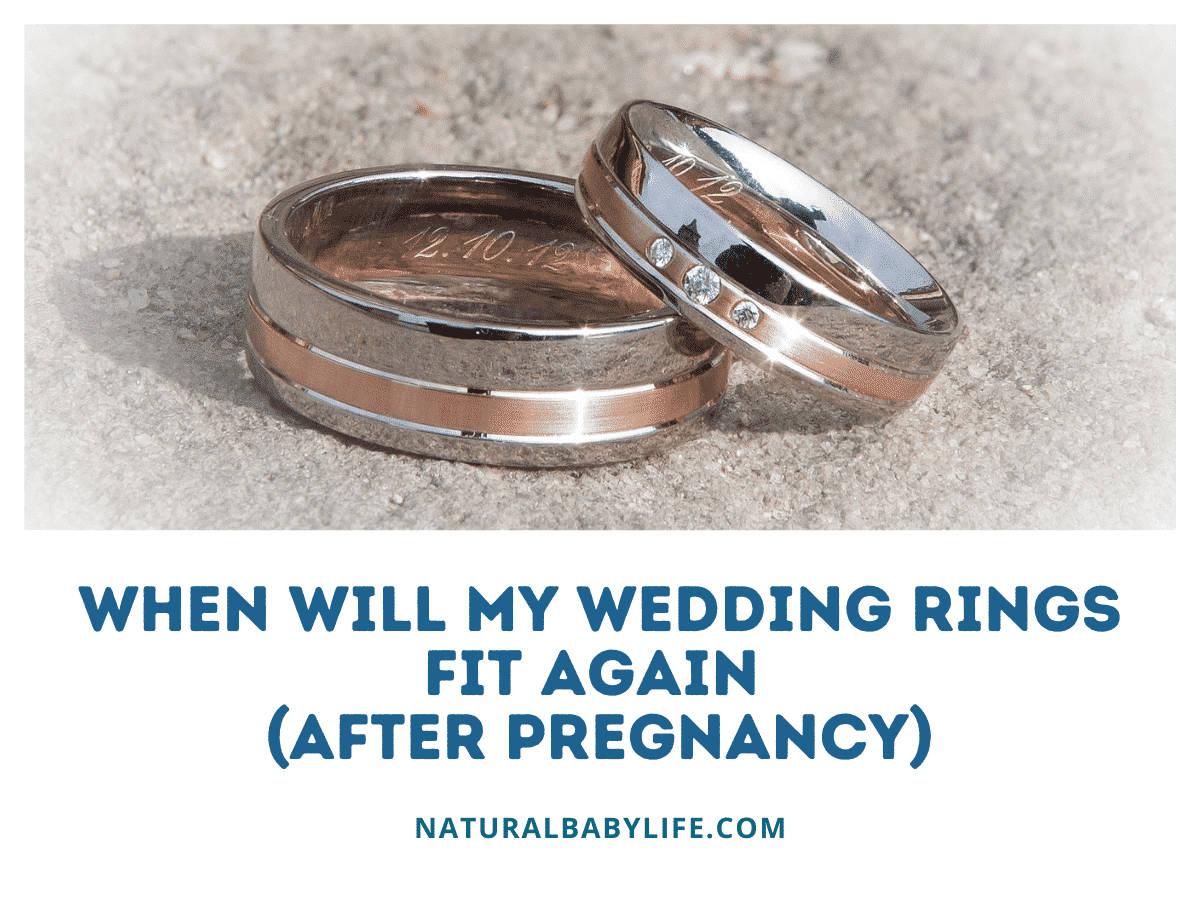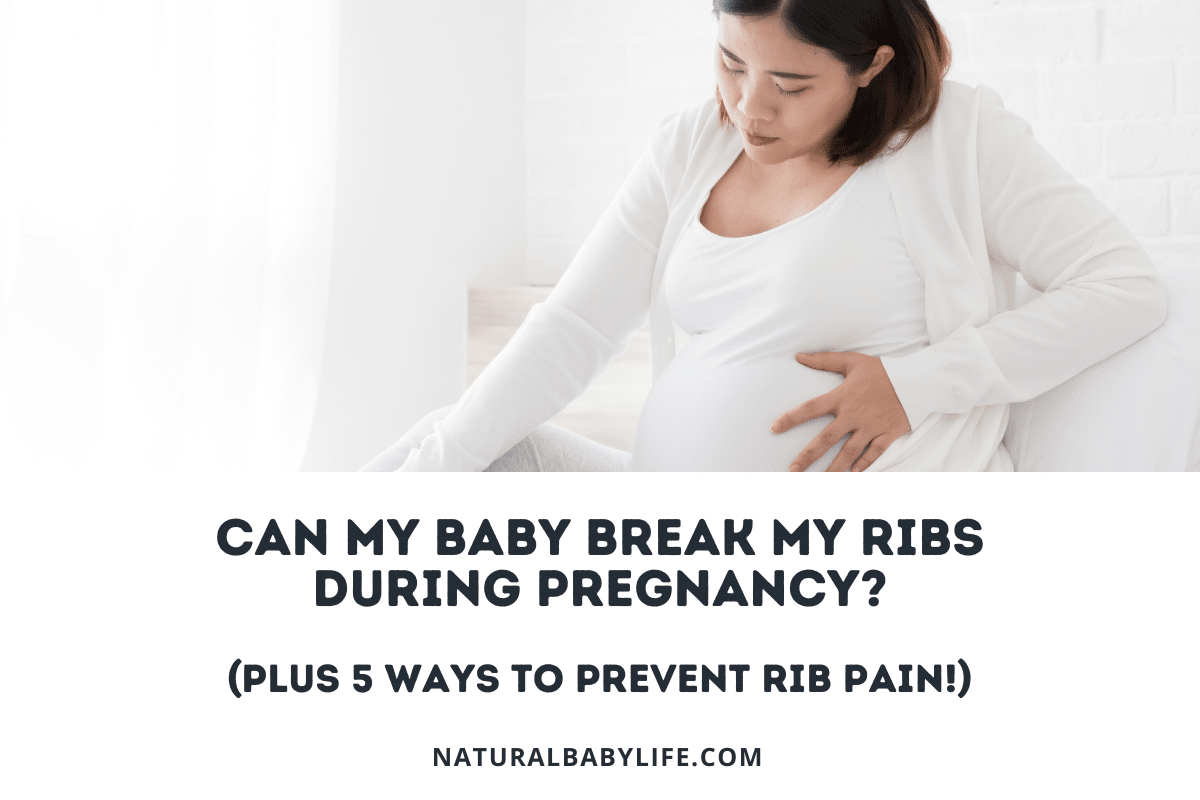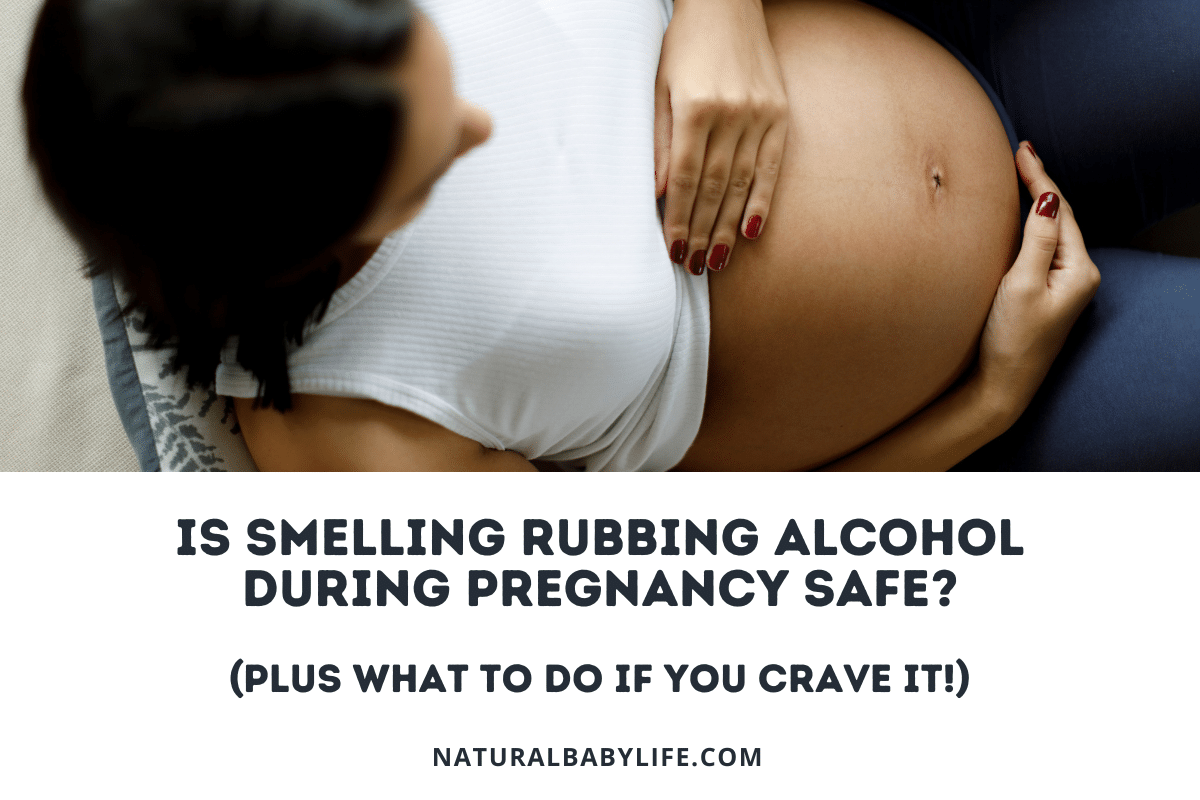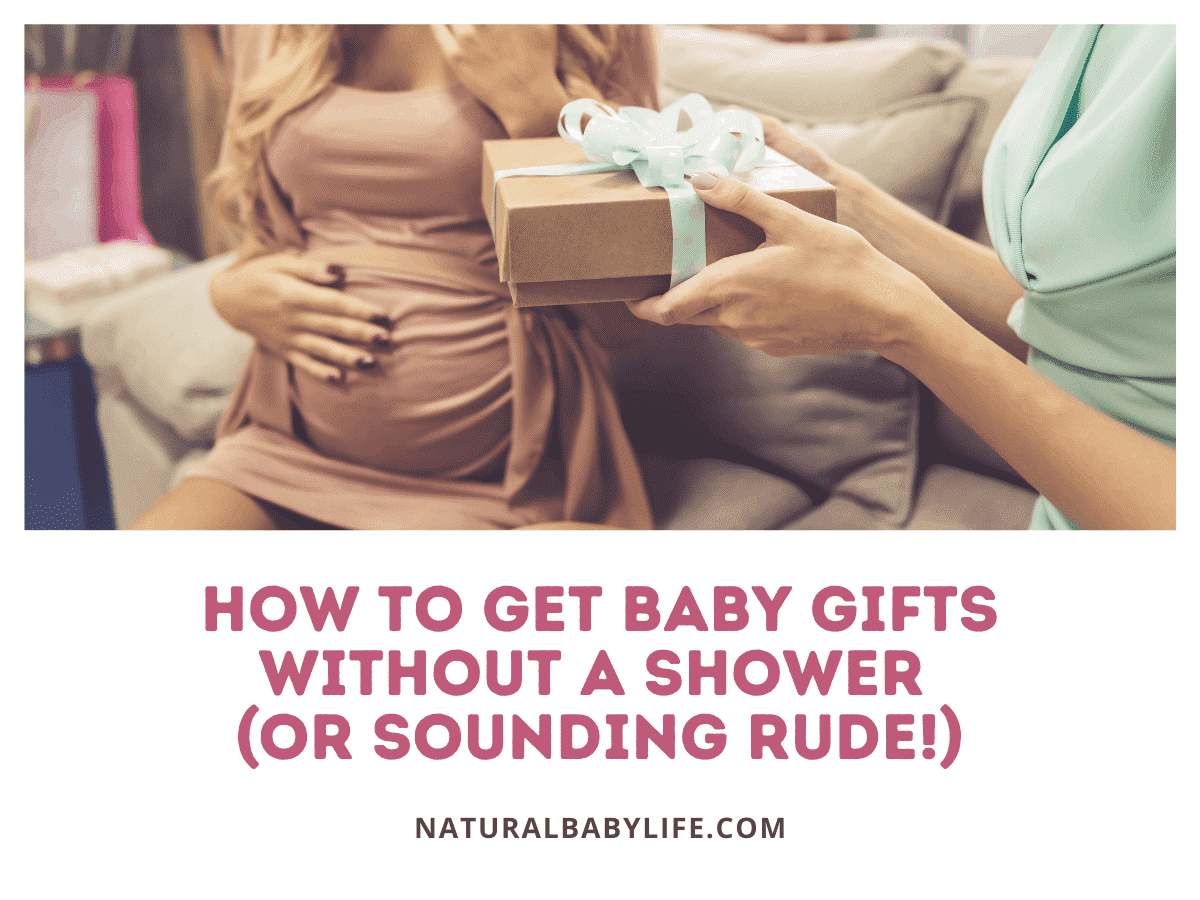Your wedding and engagement ring are usually your most-worn jewelry pieces, so you probably want to see those wedding rings fit again. A lot of things become too small and uncomfortable during pregnancy–shoes, pants, and even your rings. Fortunately, your fingers are usually the easiest and quickest body part to return to normal after giving birth.
Wedding rings should be able to fit again within a few weeks after pregnancy. During pregnancy, a woman’s body produces about 50% more blood and bodily fluids which leads to edema in places such as the hands, feet, ankles, and face. All of those extra fluids will start disappearing quickly after delivery in most cases.
While it’s great to see that baby bump grow over nine months, it’s hard to see parts other than your stomach change so much. Weight from excess fluids contributes to overall weight gain and loss during and after pregnancy. So, when can you expect edema to subside postpartum? Is swelling harmful to your body? How can you prevent swelling during pregnancy? There are lots of questions (and answers!) for this all-too-common concern.
Table of Contents
Why your ring is too small during an after pregnancy
While many women understand that weight gain is part of pregnancy, along with a host of other fun and exciting side effects, they don’t always attribute fluid as a large part of the weight their body uses to nourish and grow the developing baby.
By 34 weeks, the average woman is carrying nearly 50% more fluids in her body than before pregnancy, which is about 8 liters or approximately two gallons! Try carrying two gallons of milk around for a day and it’s no wonder swelling is a typical pregnancy woe (along with fatigue).
During pregnancy, a woman with a healthy BMI will gain anywhere from 25-35 pounds distributed as follows:
- Baby: 8lbs
- Placenta: 2-3 pounds
- Amniotic Fluid: 2-3 pounds
- Breast Tissue: 2-3 pounds
- Blood: 4 pounds
- Fat: 5-9 pounds
- Uterus: 2-5 pounds

Fluid accounts for nearly 25% of the weight the average expecting woman gains during pregnancy. Edema, or swelling due to fluid retention, is a common symptom experienced by many pregnant women, which can lead to shoes not fitting right or wedding rings, sadly, being put in a drawer.
In addition to the simple fact that you’re a walking water balloon during pregnancy, other things can attribute to swelling and even make it worse:
- Summertime heat
- Being on your feet for long periods of time
- Lots of physical activity
- High caffeine consumption
- High sodium intake
- Low potassium intake
Ways to reduce swelling during pregnancy include things like eating well, resting, elevating your feet, drinking lots of water, avoiding tight clothing or shoes, wearing compression socks to support healthy blood flow, and gentle exercise.
Can swelling be dangerous?
Some swelling is completely normal during pregnancy, but if sudden swelling occurs it could be a sign of a complication called preeclampsia. It’s important to contact your physician or midwife right away if you have a sudden onset of swelling and any of the following symptoms:
- Severe headaches
- Severe heartburn
- Pain below the ribs
- Nausea or vomiting
- Excessive weight gain caused by fluid retention
- Feeling unwell
Excessive swelling can also be attributed to blood clots, but this is likely seen in only one leg versus both. During pregnancy, the risk of DVT (deep vein thrombosis) is elevated, so understanding the symptoms is important.
If you experience swelling in an affected area in addition to the following, contact your healthcare provider immediately and follow their instructions:
- Swelling of the affected limb
- Pain or tenderness in the affected area
- Skin that is warm, red, or discolored
Most women will lose 13 lbs immediately following childbirth, which accounts for the baby, the placenta, and amniotic fluid. In the days and weeks following more excess fluids will leave the body resulting in lost pounds and less swelling or discomfort.
When to take off rings when pregnant
We’ve all laughed at sitcoms or listened to the horror stories of someone desperately trying to remove a ring from their finger. To avoid a comedic mishap and becoming coated in margarine or to avoid a trip to the ER be sure to keep an eye on how your rings fit and feel during pregnancy.
You may notice that your rings fit fine in the morning, but are harder, or even impossible, to remove in the evening. If your ring is difficult to put on your finger, odds are it will be even tougher to take off and may become uncomfortable or painful to wear.
This may be the time to put it safely in the drawer or opt for some other creative ways to wear your precious memento:
- Wear your rings on a necklace
- Try a silicone ring
- Wear an alternative piece-like an old ring or other heirloom-that is larger in size
If your ring gets stuck on your finger, follow these tips from the American Society of Surgery for the Hand to remove it safely.
- Use Windex, soap, or another lubricant on your finger
- Elevate your hand to reduce swelling
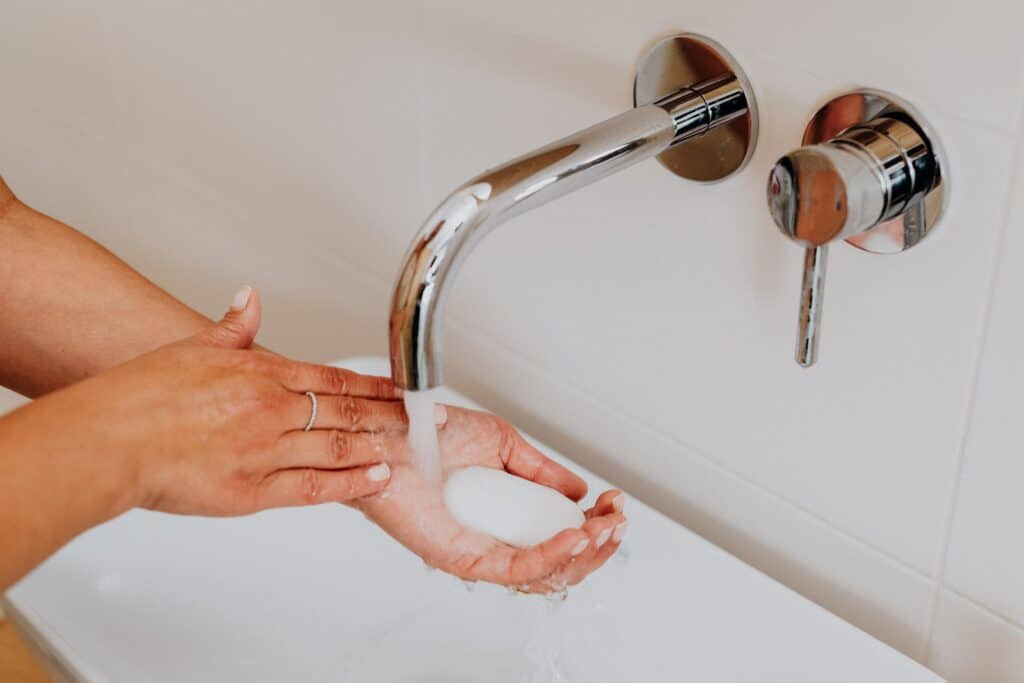
Will my wedding ring ever fit again after pregnancy?
Just as during pregnancy, your body experiences a lot of changes after pregnancy too. Everyone is different, but generally, your body will begin flushing excess fluids in the week or so following delivery.
In the first weeks following delivery, the uncomfortable or unsightly swelling you experienced during pregnancy will begin to decrease, getting you closer to slipping on your rings and favorite jeans again.
Ways to encourage your body to reduce the fluids both during pregnancy and postpartum include:
- Taking frequent breaks and avoid being on your feet for long periods of time
- Minimize time spent in hot weather
- Rest with feet elevated
- Wear comfortable clothing and shoes-nothing too tight or constricting at the wrists or ankles
- Try compression socks
- Drink plenty of water, which helps reduce water retention
- Eat a healthy diet
- Minimize sodium intake
- Eat foods rich in potassium, like bananas
- Limit caffeine
Note: it is strongly discouraged to take water pills to reduce swelling after pregnancy.
Speak with your healthcare provider at your postpartum checkups if you have concerns about weight loss and fluid retention following labor and delivery.
Do knuckles get bigger after pregnancy?
We’ve all heard about shoe size changes during pregnancy, which is due to the flattening of your arch caused by the excess weight of pregnancy. Unfortunately, your rib cage and hips that widened during pregnancy may also stay that way too.
But as for permanent changes in your knuckle shape and size? The short answer is no.
Although some of the changes your body experiences may be permanent-like that new wave in your hair or those wider hips, some changes like those you may have seen in your hands or ankles due to swelling will subside postpartum. However, keep in mind this can take weeks or months to reduce.
How to make wedding rings fit again
Don’t run to the jewelry store for resizing yet! For most women, their larger fingers can be attributed to water retention and extra blood rather than weight gain.
What does this mean for your rings?
Because a lot of the weight you gain during pregnancy is fluid, which can accumulate in the hands, legs, and feet, you’ll likely be slipping those rings on and off again soon without active efforts to lose weight.
While dieting postpartum should be delayed in the weeks immediately following delivery (you need energy and calories to recover and breastfeed), here are some healthy, slow ways you can work to lose weight and reduce swelling postpartum include:
- Eat a balanced diet
- Choose lean protein
- Limit sweets and salts
- Control portion sizes
- Aim for 1800-2000 healthy calories per day
- Exercise moderately-walking or strolling baby is great!
The overall reduction in weight and excess fluid will help your fingers and hands return to normal size helping you “fit into your rings” again soon!
How to lose weight in fingers after pregnancy
While it’s not possible to specifically target your fingers for weight loss, following a sensible diet and gentle exercise regimen postpartum can help reduce overall weight, which will affect your fingers and hands over time.
If you’re especially worried about your hands, there are many different types of exercises (like these here) you can use to strengthen and stretch your hands and help improve mobility.
Does resizing a wedding ring damage it?
If, after a time, you decide to have your ring resized to be larger you may be worried about damaging your ring.
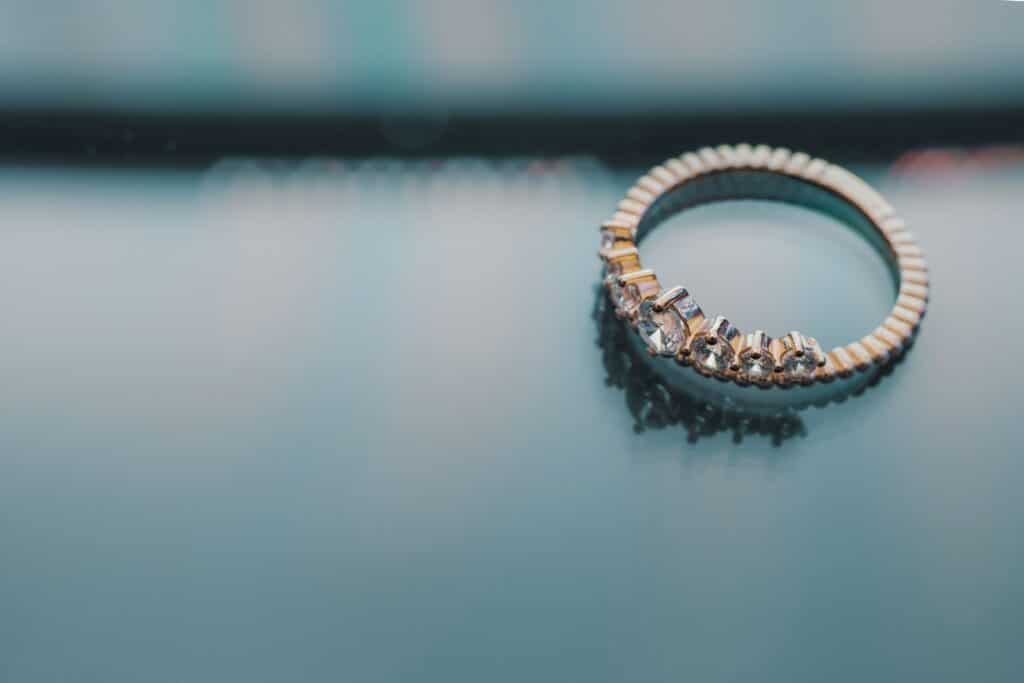
There are many ring resizing alternatives to make a ring that is too big fit more snugly. Unfortunately, to make a ring larger, a jeweler will cut the ring and widen it using metal to fill in the resulting gap or heat it and stretch it. While this will help it fit more comfortably, it may end up weakening the ring or may be more prone to breakage afterward. Do this with caution and with a trusted jeweler.
Additionally, rings like eternity bands that are fully set with stones may not be able to be resized.
Before rushing to get your ring resized, give your body time to heal after birth and find its new normal. The adage is true – it takes nine months to make that baby. It’s going to take a bit for your body to get over that.

